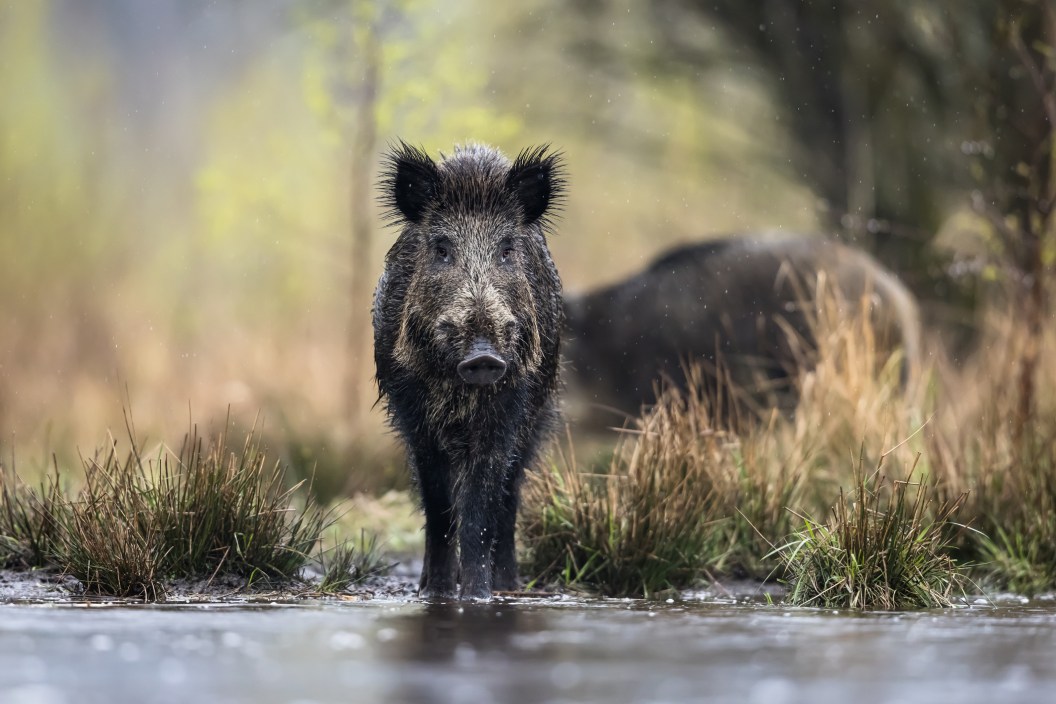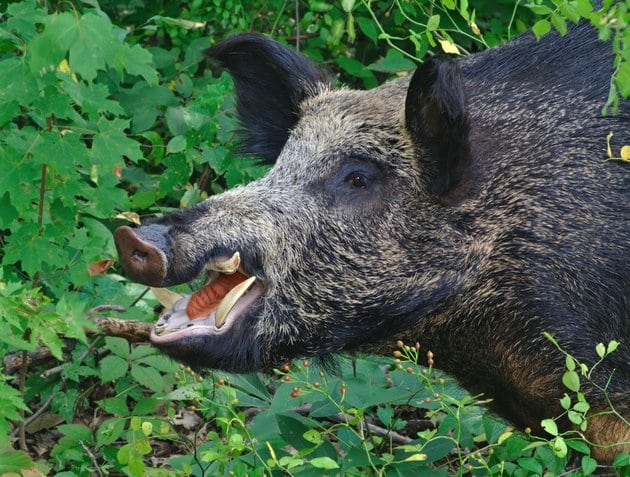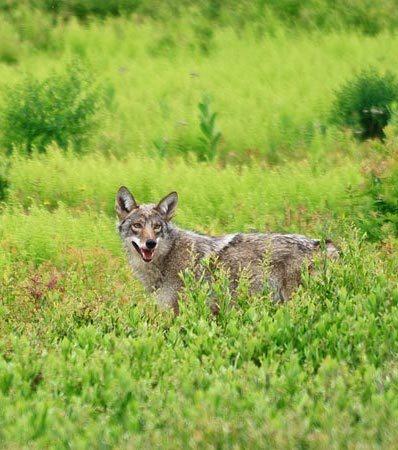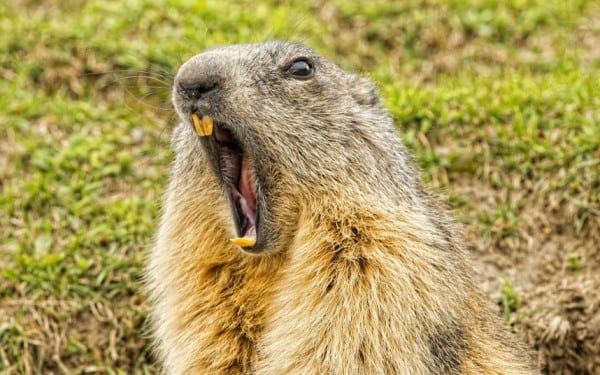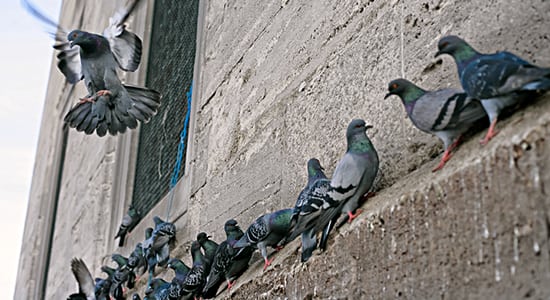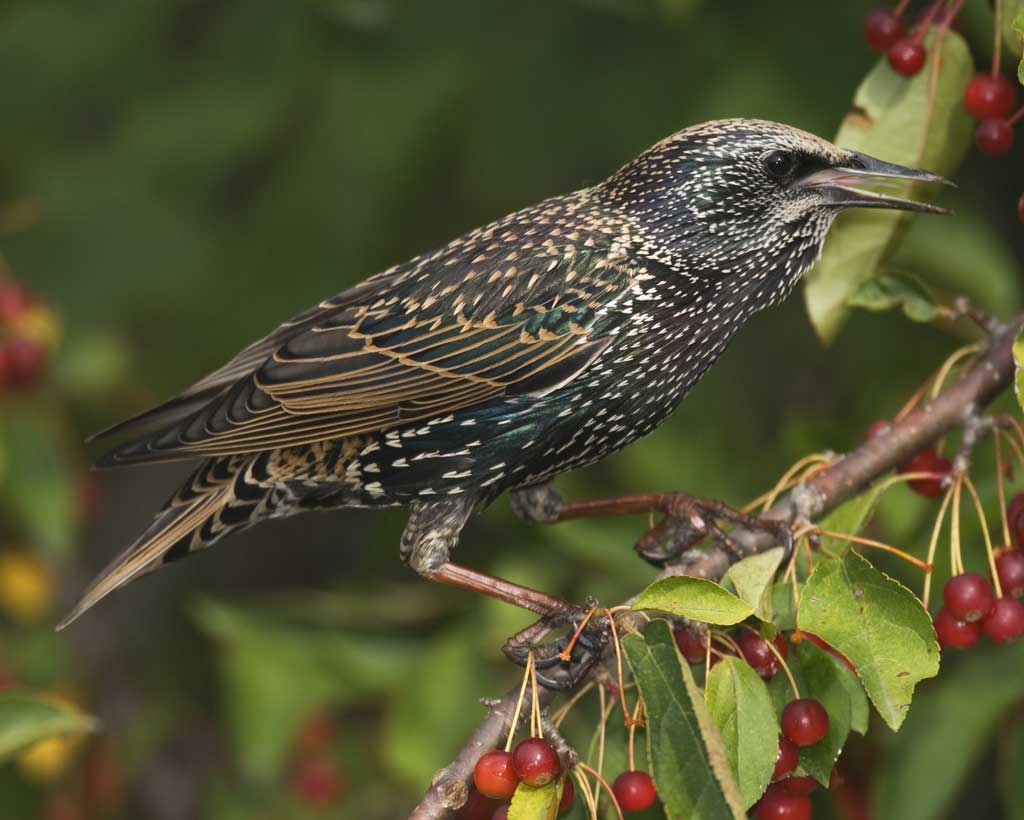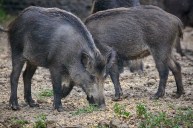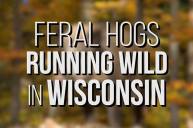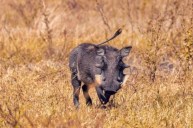When most people think of hunting season, they immediately conjure wistful thoughts of frosty mornings, sparkling sunrises, and whitetail deer. But hunting season isn't only whitetails. Hunting season can be all year long if you know where to go and which animals to pursue.
Some species, especially invasive or non-native species that interfere with native species, are generally unprotected. These include all kinds of animals, including mammals, birds, reptiles, and more.
Planning a trip to hunt for some of these unprotected species is a win/win. You'll be doing a good thing for the local ecosystem by reducing the number of invasives, plus having lots of fun.
Read on for six animals that can be hunted all year long.
1. Feral hogs
Feral hogs are a major threat to both wildlife and the environment. The destructive swine terrorize neighborhoods and cause homeowners and farmers thousands of dollars of damage overnight by rooting up crops, digging holes, and trampling pastures.
Wild hogs usually have unrestricted bag limits, so it is a good opportunity to load up the freezer with meat. It'll be easier to find places to hunt these destructive pests than any other game animal out there. Many farmers are thrilled to have some of these invasive critters removed from their property.
2. Coyotes
Coyotes prey on animals such as pets, rabbits, deer, small, and more. They can be quite a nuisance to farmers, as well That's why in many states, they can be hunted all year long.
The laws for hunting coyotes vary depending on location. In many states, coyote hunting is legal year-round, while in other states, it is only legal during specific times of the year. Check local regulations before any hunt. In some states, coyote hunting is only allowed during daylight hours, while in other states, it is legal to hunt them at night.
If hunting for fur, the best time to hunt coyotes is during the cold winter months when fur is thickest. if hunting for predator control, the time of year really doesn't matter.
Coyotes are intelligent and cautious. Patience is crucial while hunting these wily creatures. Using a coyote call can help lure them in.
3. Groundhogs
Woodchucks, or whistle pigs or groundhogs as they are sometimes referred to, dig holes, eat crops, and destroy gardens and landscaping. Summer is when these beasts crawl out of their holes and fatten up, so take advantage of that time to target these pesty creatures. Prairie dogs also fall into this category for our friends out west. They're a popular small-game species for long-range shooting. They all offer great summer hunting opportunities when the weather heats up in the off-season.
4. Pythons
In Florida, invasive Burmese pythons have disrupted Florida's native ecosystems by decimating native prey populations, such as the endangered Key Largo wood rats. They feast on various mammals, birds, and reptiles, even alligators. Burmese pythons have no natural predators, live for more than two decades, and can grow large.
Pythons can be hunted year-round in the Sunshine state, but hunters have to work much harder for it during the colder months. Snakes are more active (and easier to catch) in the summertime. Those unsure of where to begin should hire a python hunting guide.
5. Pigeons
Common pigeons, also known sometimes as rock doves, are non-native birds that can be hunted year-round across most parts of North America.
Since the species were introduced in the 1850's, they have spread from coast to coast, thriving in both urban and rural settings. They love to roost high on rocky ledges or tall buildings, which is where the name rock dove comes from.
Many hunters set up some decoys and perch behind a blind to hunt pigeons. This can be a fun style of hunting for beginners, as the chances of getting skunked are pretty low.
6. European Starlings
The European Starling is a small, dark colored bird that travels in large flocks. They are not protected and can be hunted all year.
Starlings are widely prevalent throughout all of North America and beyond. They are a common sight in yards, on power lines, and in trees. They take over areas and compete with native wildlife for food resources.
NEXT: GUN REVIEW: THE ALL-NEW HENRY .410 LEVER ACTION RARE CARBINE SHOTGUN
